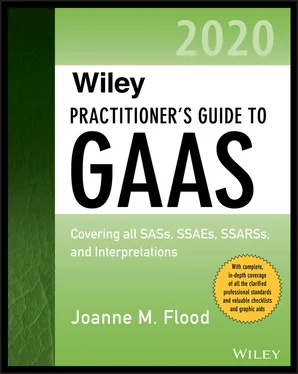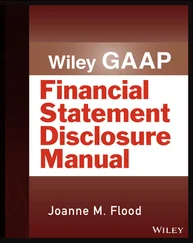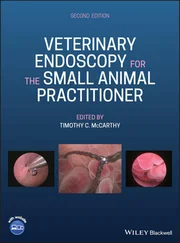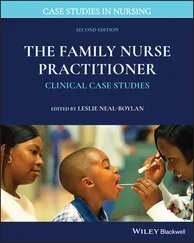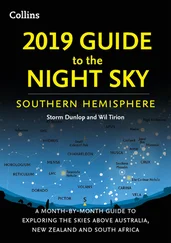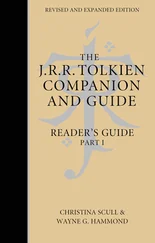706 728
707 729
708 731
709 732
710 733
711 734
712 735
713 736
714 737
715 739
716 740
717 741
718 742
719 743
720 744
721 745
722 746
723 747
724 748
725 749
726 750
727 751
728 752
729 753
730 754
731 755
732 756
733 757
734 758
735 759
736 760
737 761
738 762
739 763
740 764
741 765
742 766
743 767
744 768
745 769
746 770
747 771
748 772
749 773
750 775
751 776
752 777
753 778
754 779
755 780
756 781
757 782
758 783
759 784
760 785
761 786
762 787
763 788
764 789
765 790
766 791
767 792
768 793
769 794
770 795
771 796
772 797
773 798
774 799
775 800
776 801
777 802
778 803
779 804
780 805
781 806
782 807
783 808
784 809
785 810
786 811
787 812
788 813
789 815
790 816
791 817
792 818
793 819
794 820
795 821
796 822
797 823
798 825
799 826
800 827
801 828
802 829
803 830
804 831
805 832
806 833
807 834
808 835
809 836
810 837
811 838
812 839
813 840
814 841
815 842
816 843
817 844
818 845
819 846
820 847
821 848
822 849
823 850
824 851
825 852
826 853
827 854
828 855
829 856
830 857
831 858
832 859
833 860
834 861
835 862
836 863
837 864
838 865
839 867
840 868
841 869
842 870
843 871
844 873
845 874
846 875
847 876
848 877
849 878
850 879
851 880
852 881
853 882
854 883
855 884
856 885
857 886
858 887
859 888
860 889
861 890
862 891
863 892
864 893
865 894
866 895
867 896
868 897
869 898
870 899
871 900
872 901
873 902
874 903
875 904
876 905
PREFACE—ORGANIZATION AND KEY CHANGES
This book reduces the official language of Statements on Auditing Standards (SASs), Statements on Standards for Attestation Engagements (SSAEs), Statements on Standards for Accounting and Review Services (SSARSs), and the interpretations of those standards into easy-to-read and understandable advice. It is designed to help CPAs in the application of, and compliance with, authoritative standards.
Wiley Practitioner’s Guide to GAAS 2020 contains robust tools to help practitioners implement the standards. This book follows the sequence of sections of the AICPA Codification of Statements on Auditing Standards , the Codification of Statements on Standards for Attestation Engagements , and the Codification of Statements on Standards for Accounting and Review Services . Sections are divided into the following easy-to-understand parts:
Scope. A handy brief identification of the original standard for the section.
Definitions of Terms. A list of official definitions that refers readers to one of the appendices to find explanations of terms that are ordinarily scattered throughout the standards.
Objectives. An explanation of the reasons for the section.
Requirements. Concise listing and descriptions of those things specifically mandated by the section, and helpful techniques for complying with the fundamental requirements of the section.
Interpretations. A brief summary of each interpretation.
Illustrations. Sample reports and checklists.
ON THE HORIZON
Exposure Drafts and Projects
The Auditing Standards Board (ASB) has projects on the following topics:
Audit Evidence. In August 2019, the ASB issued an exposure draft intended to provide auditors with enhanced guidance on audit evidence by:
Providing risk assessment requirements for estimates and
Further procedures that:are more specific to estimates,address today’s complex business environment and the complexity of financial reporting frameworks,highlight the causes of uncertainty, andfocus on the risk of management bias
The proposal would amend primarily AU-C 540 and provide additional guidance on the importance of professional skepticism.
Materiality. The ASB issued an exposure draft of a proposed SAS and a proposed SSAE titled Description of the Concept of Materiality. The amendments are intended to eliminate inconsistencies in the description of materiality in the professional standards with definitions used by the U.S. judicial system and other standards setters and regulators.
The ARSC is working on projects related to reviews and materiality, adverse conclusions, and special purpose frameworks.
New Auditing Standards Not Yet Effective
Effective Dates
The four new standards discussed below are effective for audits of financial statements ending on or after December 15, 2020, and early implementation is not permitted.
Enhanced Communication in Auditors’ Reports—SASs 134 and 135
In May 2019, the ASB issued two standards designed to improve the communication value of the auditor’s report. The standards are also geared to better align GAAS with the PCAOB and IAASB standards. The two standards issued are:
SAS 134, Auditor Reporting and Amendments, Including Amendments Addressing Disclosures in the Audit of Financial Statements, and
SAS 135, Omnibus Statement on Auditing Standards—2019.
The new standards put the auditor’s opinion at the beginning of the auditor’s report to give it more prominence.
SAS 134 amends reporting requirements for communication of audit matters in the auditor’s report. It also discusses the auditor’s responsibility to form an opinion on the financial statements and provides new guidelines for the form and content of the auditor’s report. The new guidance includes requirements for when the auditor concludes that a modification to the report is necessary.
The new standards add AU-C section 701, Communicating Key Audit Matters in the Independent Auditor’s Report and replaces the current guidance in AU-C 700, 705, and 706. SAS 135 aligns ASB guidance more closely with that of the PCAOB. It amends AU-C 260, 550, and 240.
In addition to requiring that the opinion section precede the basis of opinion section in the auditor’s report, SAS 135 requires a basis of opinion section for all reports, not just those with modified opinions. Also, new requirements for inadequacy of going concern disclosures are included in the standard.
In July 2019, the ASB released SAS 136, Forming an Opinion and Reporting on Financial Statements of Employee Benefit Plans Subject to ERISA . This new standard addresses the auditor’s responsibility to form an opinion and report on the audit of financial statements of employee benefit plans subject to ERISA. The standard has new requirements for engagement acceptance, audit risk assessment and response, communications with those charged with governance, procedures for ERISA section 103 (a)(3)(C) audit, and considerations relating to Form 5500. It also contains a new report format for these audits. This standard would be applied in place of AU-C 700 for ERISA audits.
Other Information Included in Annual Reports
Читать дальше
